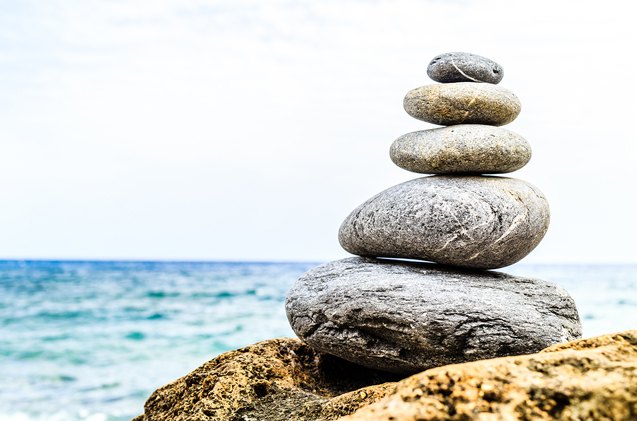Why I Think Aquarium Rock Collecting Rocks!

Rocks can make an aquarium look amazing, either alone as a complete hardscape. You can coordinate them with plants and wood to make a beautiful underwater scene. But shopping for your rocks in the great outdoors can be a daunting task: what kind of rocks can you use, are they safe, and how do you make them safe?
When you choose your rocks, here’s what you need to keep in mind:
- Before you do anything, consider size and weight of the rocks you’ll need. Know your tank dimensions so you don’t bring home rocks that simply won’t fit. It’s also smart to get a general idea of how you’d like to lay them out in the tank, before you even bring them home. Go online and search images of other hobbyists’ rock layouts – you’ll get lots of ideas to work of off.
- Gather rocks from safe areas. Avoid highly polluted waters and water that might be contaminated with heavy metals like iron, or run off from mines. Some people will advise to avoid rocks like limestone, as they can change your pH, but generally speaking, it won’t change it enough to hurt anything in your tank. Unless you are keeping an extremely sensitive fish, it shouldn’t matter if the rock you bring home is a carbonate rock or not. Rocks that are aquarium safe are slate, granite, quartz, and lava rock. Rocks that are harder in nature and may increase the pH are dolomite, limestone, sandstone, marble, and alabaster.
- Preparing rocks for introduction to the aquarium is simple. Scrub them with a brush to remove dirt, bugs, and debris. Be sure to use an aquarium safe cleaner such as bleach or vinegar while you’re giving your rocks a rub-a-dub. Bleach will disinfect the rocks – just be sure to rinse thoroughly after you’re done and allow them to air dry. Soak the rocks in a 10:1 water/bleach solution for about a day, and then rinse with tap water. Next, soak the rocks again in treated water to remove any of the bleach that may still be lurking on the stone’s surface. Now they’re safe to add to your tank!
As a warning, boiling rocks is a common disinfecting practice; however it has been proven to be dangerous and not recommended. Rocks can explode in high heat, so avoid doing this and stick to the bleach.
Before you start tossing rocks in your tank, it’s a good idea to have some idea of how you’d like to position them. If it’s just a few rocks, or small rocks, carefully position them in strategic areas around your aquarium – not much planning is needed. If you are making a large rock structure, it’s advised to use aquarium safe silicon to attach the rocks to each other to avoid them from slipping and crashing into the glass. Always use caution to avoid a smashed tank, a big mess, and injured or dead fish. That’s not the rock lifestyle you’re after!
Summer Davis is the mom of three kids, four dogs, and several tanks of fish. She boasts a passion for all animals, whether they are in the water or on land. This fish aficionado has kept many different species in her time, but holds a special place in her heart for wild and domestic bettas. When she’s not talking about fish, Summer “spins” her extra time as the director of a baton twirling organization.

Summer Davis is the mom of three kids, four dogs, and several tanks of fish. She boasts a passion for all animals, whether they are in the water or on land. This fish aficionado has kept many different species in her time, but holds a special place in her heart for wild and domestic bettas. When she's not talking about fish, Summer "spins" her extra time as the director of a baton twirling organization."
More by Summer Davis
























